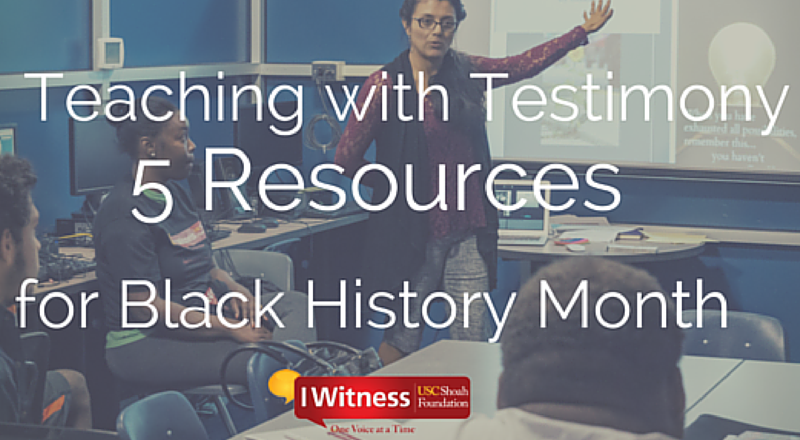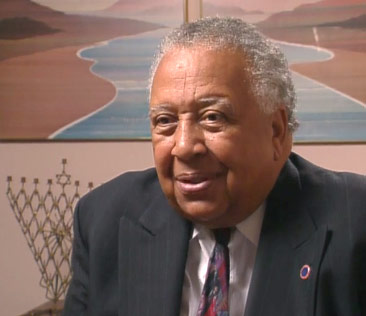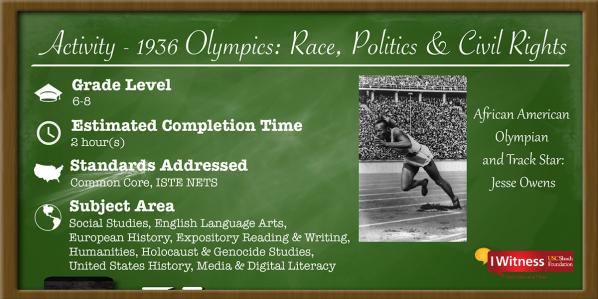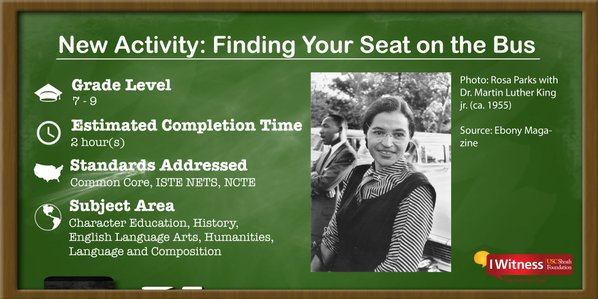Five IWitness Resources for Black History Month

 Paul Parks, World War 2 veteran and liberator
Paul Parks, World War 2 veteran and liberatorParks’ story is insightful, inspiring and a powerful education tool for discussing racism, intolerance and the Civil Rights Movement. IWitness includes Parks’ story and many other voices and resources that you could use in your classroom.
Discover five resources from IWitness for discussing Black History Month and Civil Rights with your students.
First make sure you register for IWitness to access all the activities and resources.
1. Testimony Clips
Introduce your students to the Civil Rights Movement and racism in America through curated clips of testimony. The IWitness Watch page has hundreds of clips on various topics with relatable activities and resources. To access visit the Watch Page – Click on Civil Rights in America.




